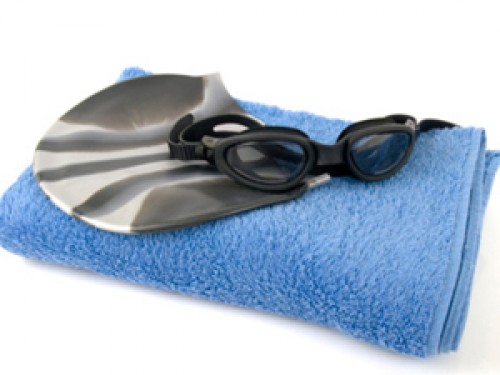Competitive Swimming
Posted by Editor in Athletics on Apr 23rd, 2014 | 0 commentsSwimming can be a recreation or a sporting activity. If in this case you are into swimming as a sporting activity, you are referring to competitive swimming. You should know that competitive swimming is one of the most famous participant sports around the world. There are many minor leagues and international competitions that you can join if you are a professional swimmer.
![Competitive Swimming(2)_[202]_400_0_0](http://www.newschannel.sg/wp-content/uploads/Competitive-Swimming2_202_400_0_0.jpg)
If you want to gauge your swimming skills, perhaps you should think about competitive swimming. But before anything else, you need to know the basics of competitive swimming. Here’s an idea:
Pools
Pools for the competition come in two sizes – short course and long course pools. Short course refers to pools that measure 27.3 yard in length. Long course refers to pools that measure 54.6 yard in length. Major swimming events occur in 50 meter pools. There are eight lanes for major competition. The lanes are about 8’2” wide. The floating plastic will serve as the lane markers. Apart from that, there are visual references at the bottom and walls of the pool.
Equipment
Before the swimmer gets into the water, he/she should wear the proper attire and the right equipment to ensure their safety. Swimmers are required to wear a swimsuit together with their swim cap and the goggles. The swimsuit that clings tightly to the swimmer will allow them to move freely. The cap is important because it decreases the resistance the swimmer meets when he/she is in the water. The goggles will help the swimmer see clearly under the water and prevent eye irritation.

Training
Training is important because it is the difference between losing and winning. There are people who spend most of their time training or practicing. Apart from training in the pool, others consider a variety of flexibility exercises and routines. If you are nearing the competition, it is expected that you spend most of your hours honing your skill. The training will depend on the coach or the instructor.
Events
The events are divided in different styles – individual medley, butterfly, freestyle, backstroke and breaststroke. During national and international competitions, the swimmer should deal with six lengths for freestyle (50m, 100m, 200m, 400m and 800m). For backstroke, breaststroke and butterfly, the swimmer should deal with two lengths (100m and 200m). For individual medley, the swimmer should deal with two lengths (200m and 400m) as well.
Reaching international competition will mean more hard work but if you set your eyes to your goals, you will surely achieve it. Who knows you will be one of the representatives of Singapore in the Olympic Games?



Leave a Reply